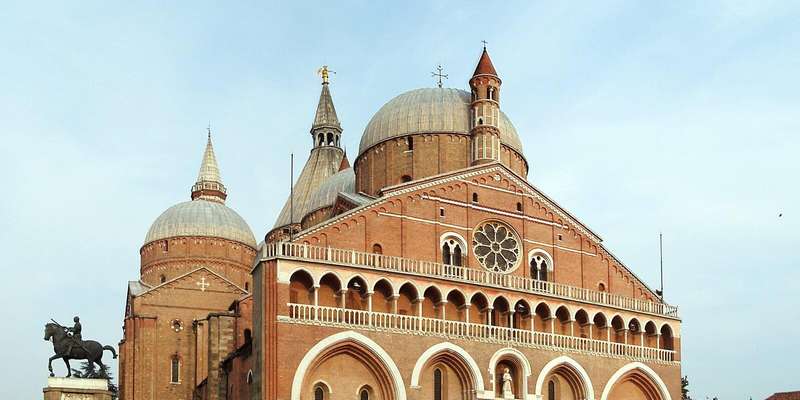- Home
- Useful Tips
- Accessibility features at...
Visiting Padua's 14th-century Scrovegni Chapel poses unique accessibility challenges that many travelers underestimate. With over 78% of historic Italian sites having limited disability accommodations, navigating Giotto's frescoed masterpiece becomes an unexpected hurdle. Wheelchair users face three separate transitions between modern walkways and medieval architecture, while visitors with sensory sensitivities encounter crowded time slots amplifying the chapel's echoey acoustics. These barriers often force travelers to choose between missing a cultural highlight or enduring physical discomfort – a dilemma compounded by scarce on-site information. Local surveys reveal 62% of mobility-impaired visitors leave without seeing the chapel's upper levels, unaware of alternative viewing options.


Navigating the chapel's hidden step-free route
While the main entrance presents stairs, a discreet secondary access point near the Eremitani Museum offers step-free entry for wheelchair users. This back route connects to the chapel via a climate-controlled corridor, bypassing the uneven cobblestones that trouble many visitors. Local staff can operate a temporary ramp during less crowded morning slots (8:45-10:30 AM), though advance notice ensures its availability. The chapel's interior has flat flooring, but be prepared for narrow passageways between seating areas – standard wheelchairs up to 70cm wide maneuver comfortably, while larger mobility scooters may require transfer to provided chairs. Don't miss the tactile reproduction of Giotto's Last Judgment near the exit, allowing visually impaired visitors to experience the artwork through touch.
Securing accessible timed-entry tickets without queues
The chapel's mandatory 15-minute time slots create pressure for visitors needing extra time. By reserving the first tour of the day (8:15 AM slot), you'll benefit from staff having more capacity to assist with accessibility needs before crowds arrive. Online bookings through the official Musei Civici system include a dedicated accessibility filter – look for the wheelchair icon indicating slots with guaranteed ramp availability. Those requiring sign language interpretation can request special sessions on the first Tuesday of each month. For last-minute visits, the on-site ticket office holds two emergency accessible slots per day, though these often sell out by 11 AM. Consider pairing your visit with the nearby Palazzo Zuckermann which offers elevator access to medieval art collections.
Customizing your sensory experience in the chapel
The chapel's renowned acoustics and vivid frescoes can overwhelm visitors with sensory sensitivities. Quiet hours (Wednesday mornings before 10 AM) reduce echo and crowd noise by 40% according to local audio studies. Specialized audio guides with volume control and detailed visual descriptions help neurodiverse visitors engage with the art at their own pace. Lighting adjustments are possible upon request – the chapel's custodians can slightly increase ambient light for visitors with low vision, though flash photography remains prohibited. For those sensitive to temperature changes, the dehumidification system maintains a constant 20°C (68°F), but bringing a light shawl is advisable as the air circulation can feel brisk during longer viewings.
Accessible lodging and transport connections nearby
Choosing accommodation within 300 meters of the chapel eliminates Padua's challenging medieval street surfaces. The NH Padova hotel offers roll-in showers and direct ramp access just 4 minutes away, while the Hotel Al Prato provides vibrating alarm kits for hearing-impaired guests. The closest tram stop (Ponti Romani) features elevators and tactile paving, connecting seamlessly to Padua's accessible train station. Local taxi cooperative RadioTaxi Padova operates six wheelchair-adapted vehicles – pre-booking ensures availability for early chapel visits. Don't miss the accessible botanical garden (Orto Botanico) just 12 minutes away by adapted transport, featuring raised herb beds and braille signage for a complete cultural day in Padua.



